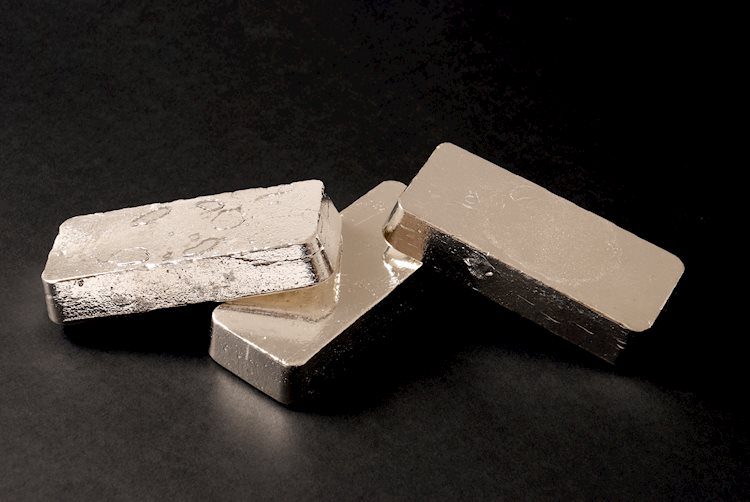Silver prices remained above $30.12 despite a loss of over 0.30%, with downside risks looming following Tuesday’s drop of 3.28%. The momentum currently favors sellers, with key support levels at $30.12 and the psychological $30.00 mark. Buyers will need to reclaim $30.50 in order to target $31.00, with a break above $31.77 necessary to shift the bias back to the upside. Silver consolidated at around the weekly lows on Wednesday, trading at $30.61 at the time of writing.
The release of the latest FOMC meeting minutes led to higher US Treasury bond yields, affecting the price of silver. The minutes showed that some officials were considering a 25 basis points rate cut at the September meeting, but the larger cut approved was not seen as a sign of concern over the economic outlook. The minutes also indicated that the Fed was not prepared to rapidly lower interest rates. Despite Tuesday’s significant loss, silver price has stabilized, but downside risks remain.
The technical outlook for silver price remains bearish, with momentum still favoring sellers. The Relative Strength Index (RSI) suggests that the path of least resistance in the short term is tilted to the downside. The next support levels for XAG/USD are at $30.12, followed by the psychological $30.00 mark. If these levels are breached, the 100 and 50-day moving averages at $29.73 and $29.53, respectively, could be the next targets for sellers. On the other hand, buyers will need to push prices above $30.50 to target $31.00 and potentially shift the bias back to the upside by surpassing the October 8 peak of $31.77.
Silver is a precious metal that is highly traded among investors as a store of value and medium of exchange. While not as popular as gold, silver can be used to diversify investment portfolios or as a potential hedge during periods of high inflation. Investors have the option to buy physical silver in the form of coins or bars, or trade it through Exchange Traded Funds that track its price on international markets. Silver prices can be influenced by various factors such as geopolitical instability, recession fears, interest rates, and the behavior of the US Dollar as silver is priced in dollars (XAG/USD).
The price of silver is also impacted by factors like investment demand, mining supply, recycling rates, and its use in various industries such as electronics and solar energy due to its high electric conductivity. Economic dynamics in countries like the US, China, and India can also contribute to price fluctuations, with demand from industrial sectors and consumers affecting prices. Silver prices tend to follow gold’s movements, as both metals are considered safe-haven assets. The Gold/Silver ratio can help determine the relative valuation between the two metals, with a high ratio suggesting that silver may be undervalued compared to gold, and vice versa.
In conclusion, silver prices remain volatile, with downside risks looming despite some stabilization in the market. Buyers will need to overcome key resistance levels to shift the bias back to the upside, while sellers continue to hold momentum in the short term. The price of silver is influenced by various factors, including geopolitical events, economic conditions, and industrial demand, making it important for investors to stay informed and aware of market trends.































